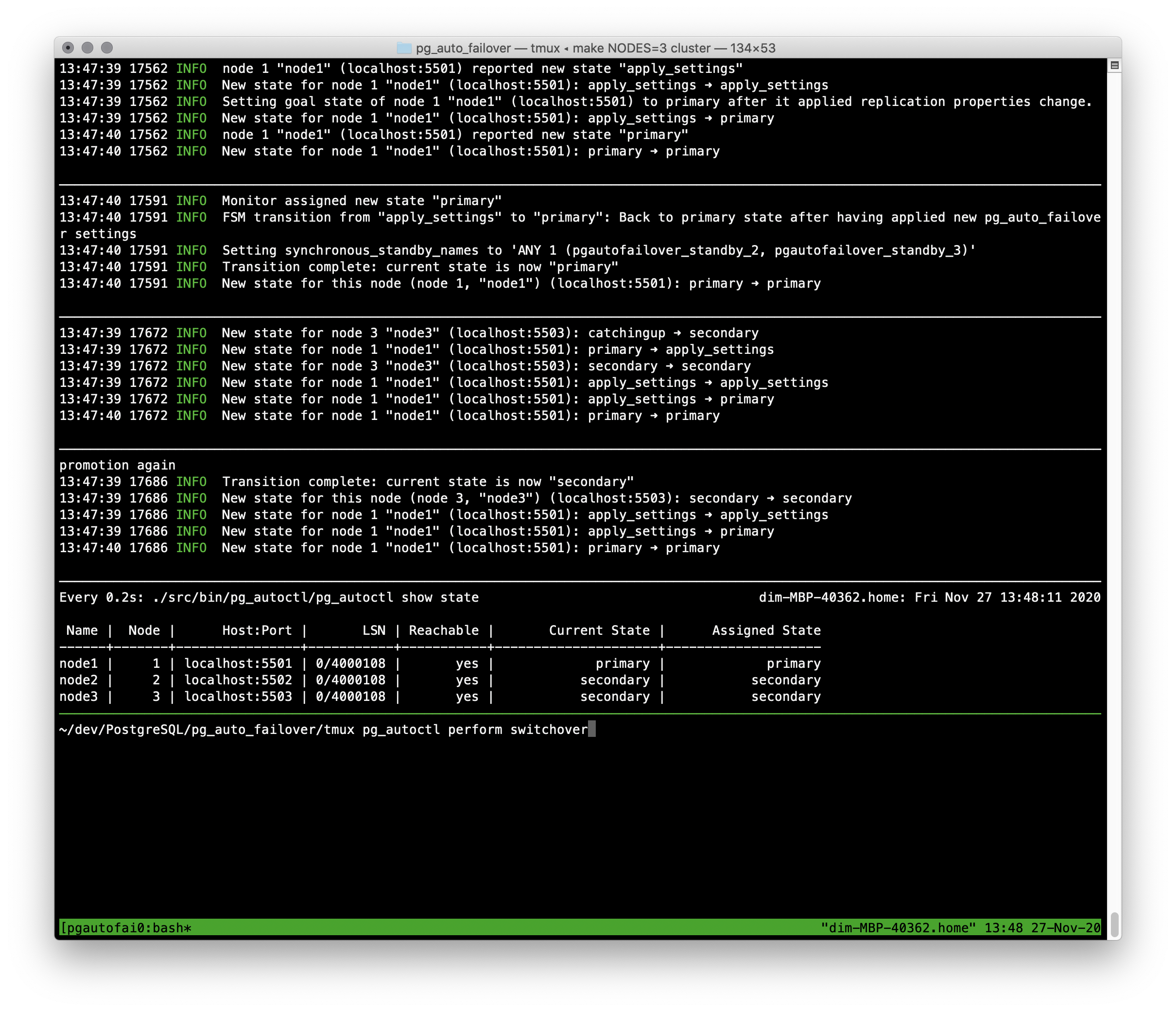2020: Online Conferences
Among a lot of other changes, the year 2020 brings Online Conferences to us. In the Postgres community too we now record our talks at home and send a video file to be playedto a virtual audience, and sometimes shared later in a platform online.
So this year I did participate in Postgres Vision 2020 where I did deliver a talk about The Art of PostgreSQL. This a talk all about the book that I have written and self-publish at The Art of PostgreSQL: learn how to turn thousands of lines of code into simple SQL queries.
Earlier this year I also had the honour to be invited to the http://Postgres.TV channel for a very interesting online-meetup concept by Nikolay Samokhvalov and Ilya Kosmodemiansky. They did prepare the interview well and this online meetup felt to me like a warm conversation with friends, which it was, in its own 2020 style (at a distance, everyone staying safe at home). The interview is now available online there:
In this interview on Postgres.TV we talked about several topics, and I feel like I should dive more into several of them.
-
First, Nikolay observed that this blog website of mine (tapoueh.org) did not see an update in a year now… so this very article is me getting back on track to publishing again on the blog
-
Then, the first part of the interview focused on several of the key ideas that I dive in in my book, including SQL as code to implement your Business Logic.
There are more than one way to approach that idea. The one that I like the most so far is to say that as soon as you write (or have an ORM generate) a SQL query you’re implementing a part of the business logic in there already. Sometimes it’s just a tiny part: the fact that the query is SELECTing this column from this table is already embedding some of the business logic, after all.
So the question that is interesting to me is about how to split your business logic implementation between the SQL side of things, and the application SQL-client side of things. Note that usually the part of tha application code that is the client for SQL queries is the backend.
I think this idea is worth in-depth study and I am planning on writing a series of blog posts about this very topic. That might end-up in a dedicated eBook on the topic, or as a part of my next book. There should be a second volume to The Art of PostgreSQL, and now I have mentionned it publicly!
-
Finally, we spent a good chunk of time talking about the pg_auto_failover project, an Open Source solution for implementing Postgres High Availability. That’s the project that has kept me busy in 2019 and 2020 and probably will keep me busy in the 2021 too.
Next up in my online virtual conference circuit of 2020 is Postgres Build where I’m going to talk about Postgres Architectures in Production.
In this talk that I recorded already (the video still needs to be processed, captions added, etc), I take some time to dive in what Postgres includes out-of-the-box to implement HA, and what’s missing in Core Postgres.
The idea behind pg_auto_failover is to fill the gap in our approach to HA in the Postgres community, by using all of the solid building blocks that Postgres is offering and actually building a simple and robust solution out of those.
Have a look at the pg_auto_failover project documentation online and give it a try. If you fancy building from source, and if you are a tmux user, try the following recipe:
$ git clone https://github.com/citusdata/pg_auto_failover.git
$ cd pg_auto_failover
$ make -s clean install
$ make NODES=3 cluster
That’s going to prepare a 3-nodes cluster for you, with a primary and two secondary nodes. Also you’re going to have a nice tmux integration for interactivly controling the cluster:
Now and with a free shell area where you can orchestrate your first
switchover using:
$ pg_autoctl perform switchover
And if you want to see what the next image would look like, well I guess you have to try it yourself now.
When you are using the binary packages distribution rather than building from sources, you may still enjoy the same facility with the more involved command:
$ PG_AUTOCTL_DEBUG=1 pg_autoctl do tmux session \
--root ./tmux \
--first-pgport 5500 \
--nodes 3 \
--layout even-vertical
Now, let’s get back to 2020, online conferences, remote activities with a strong focus of staying safe both physically and mentally… so finding ways to still have fun!


